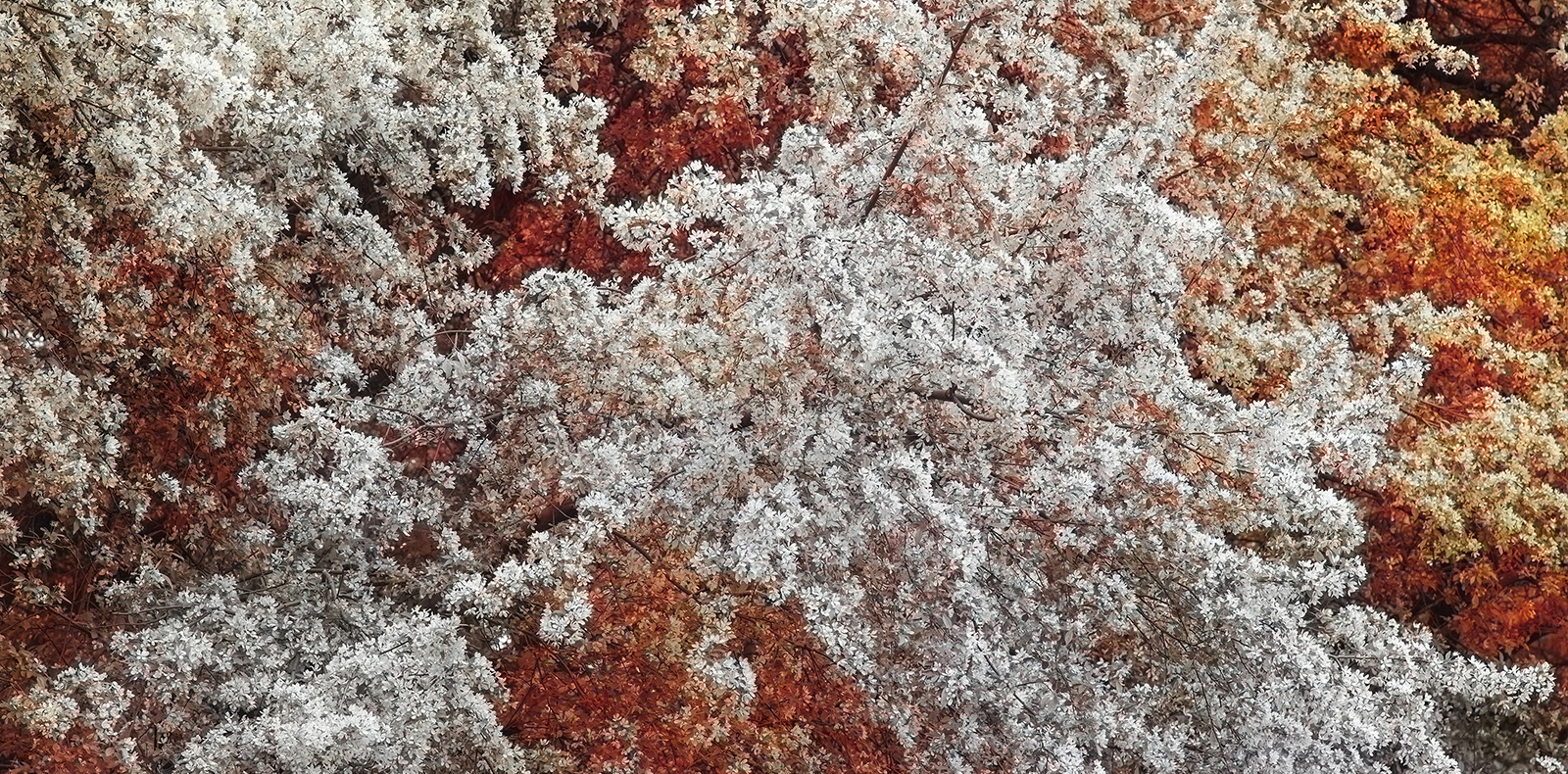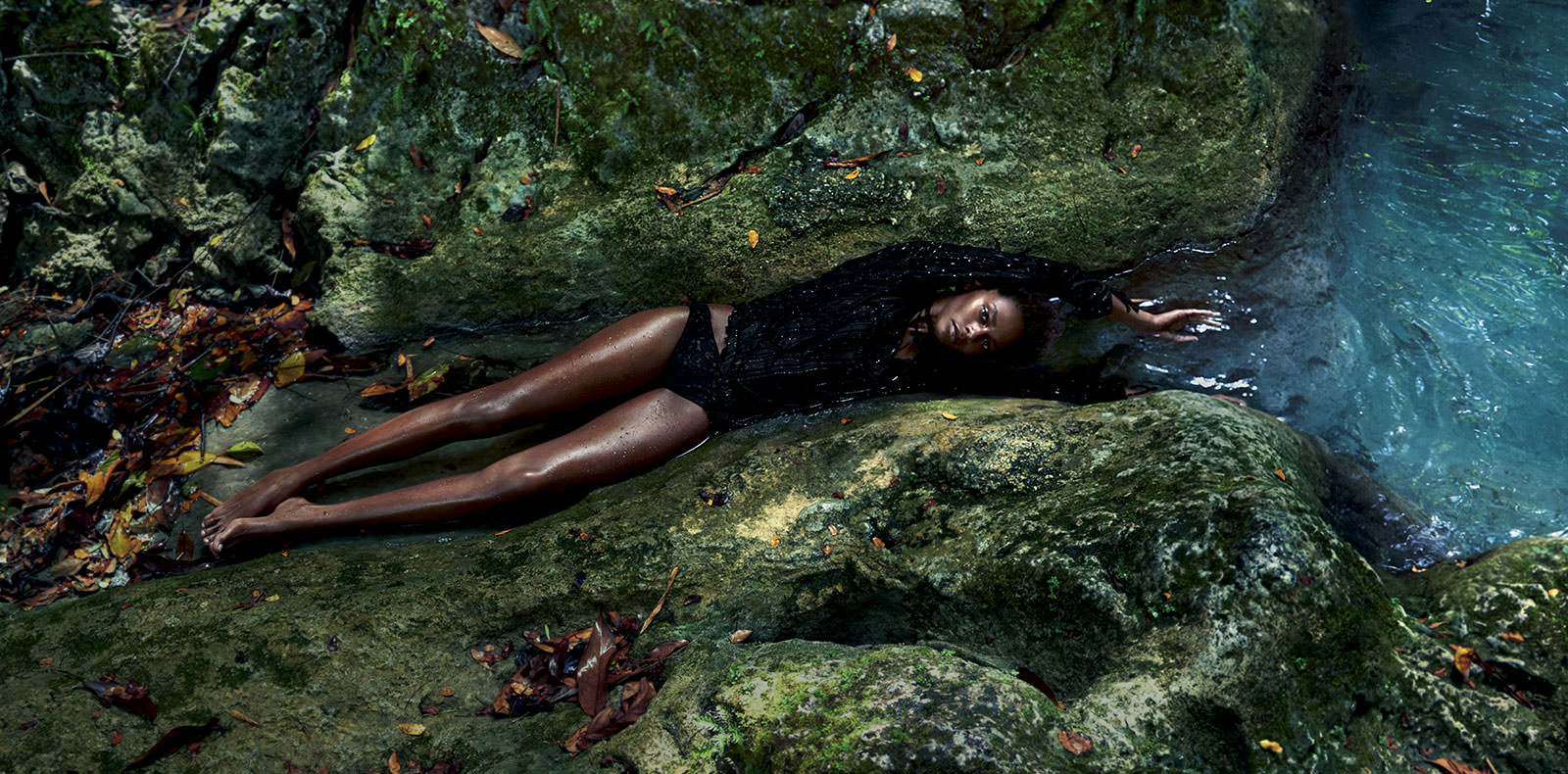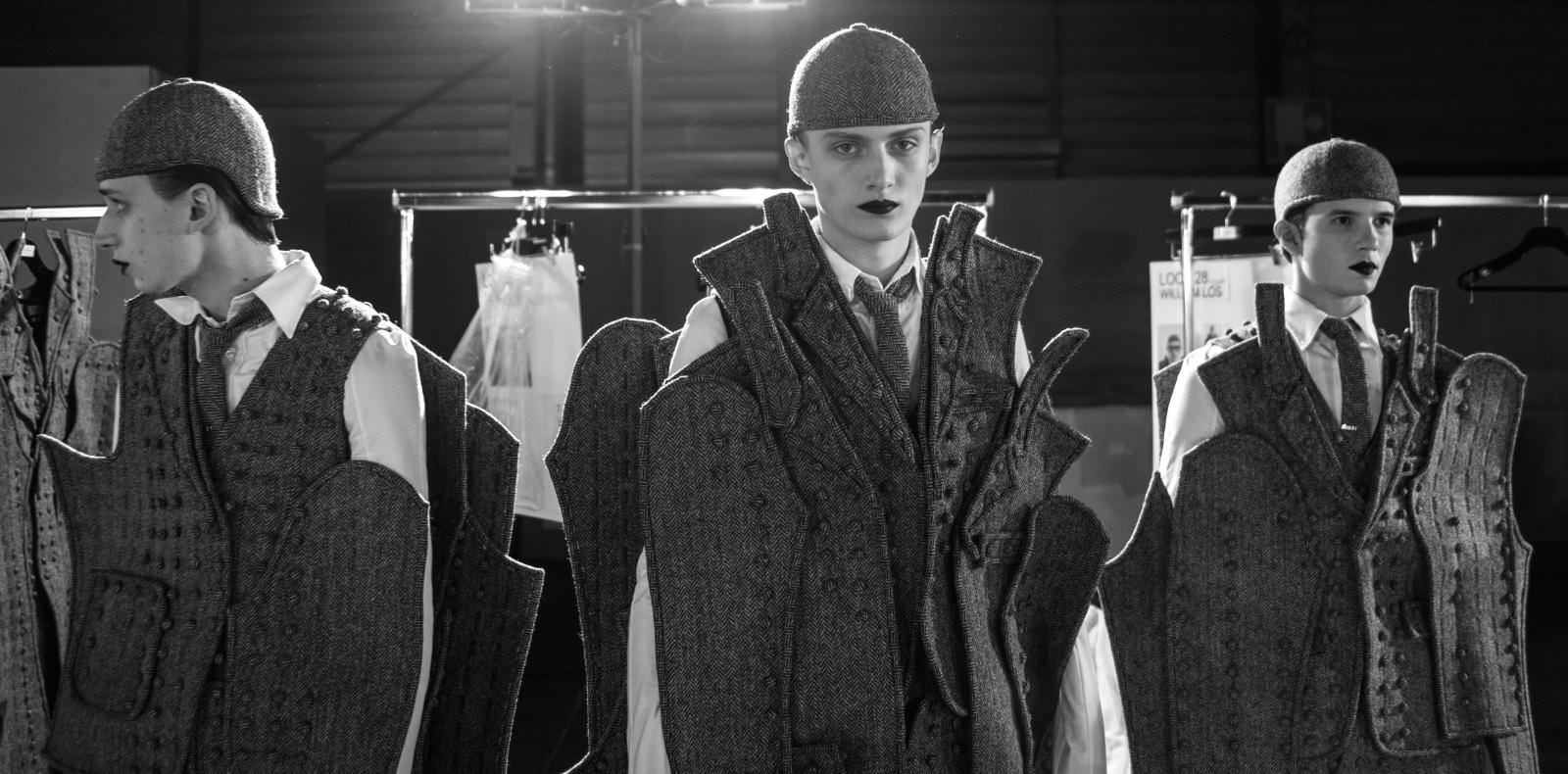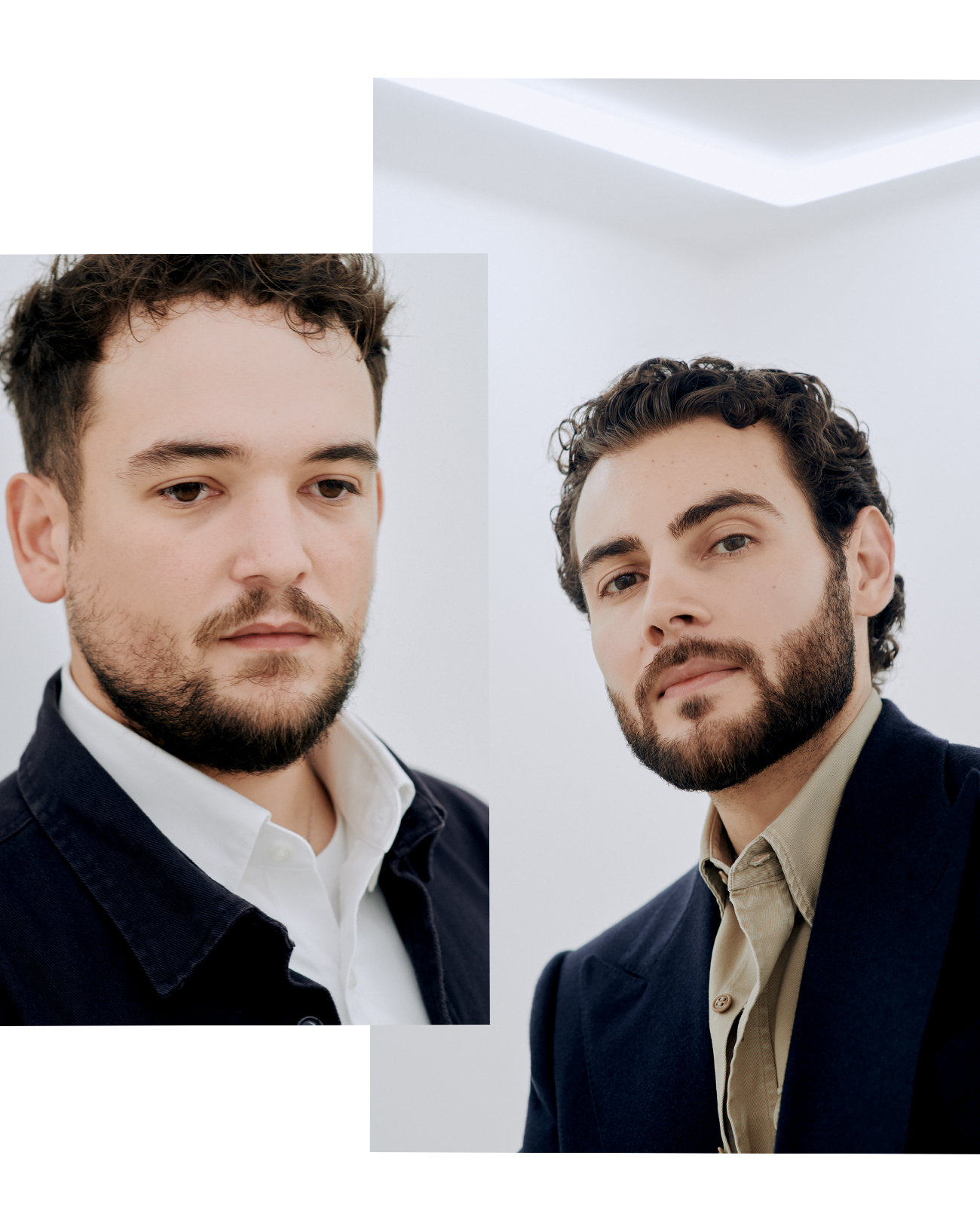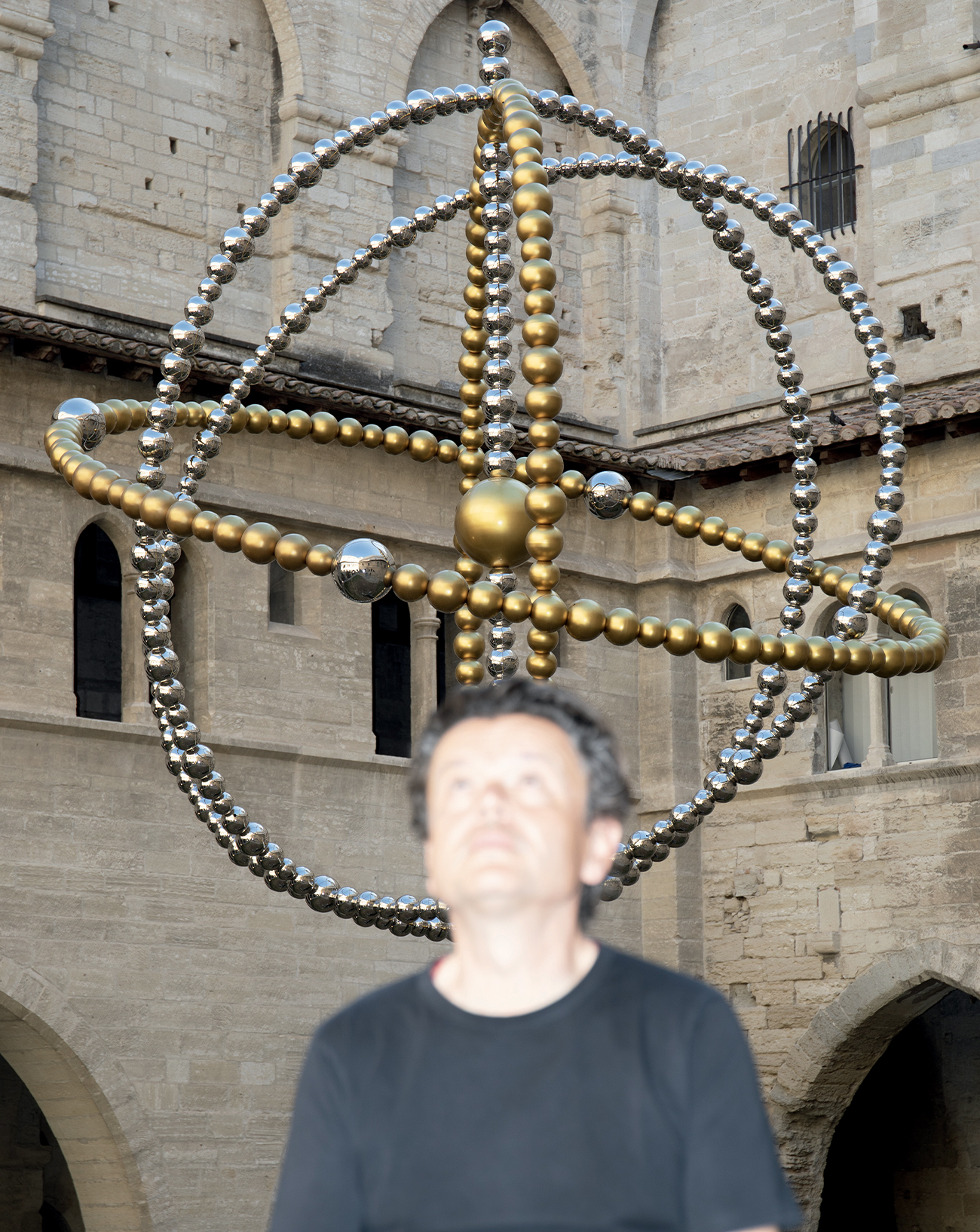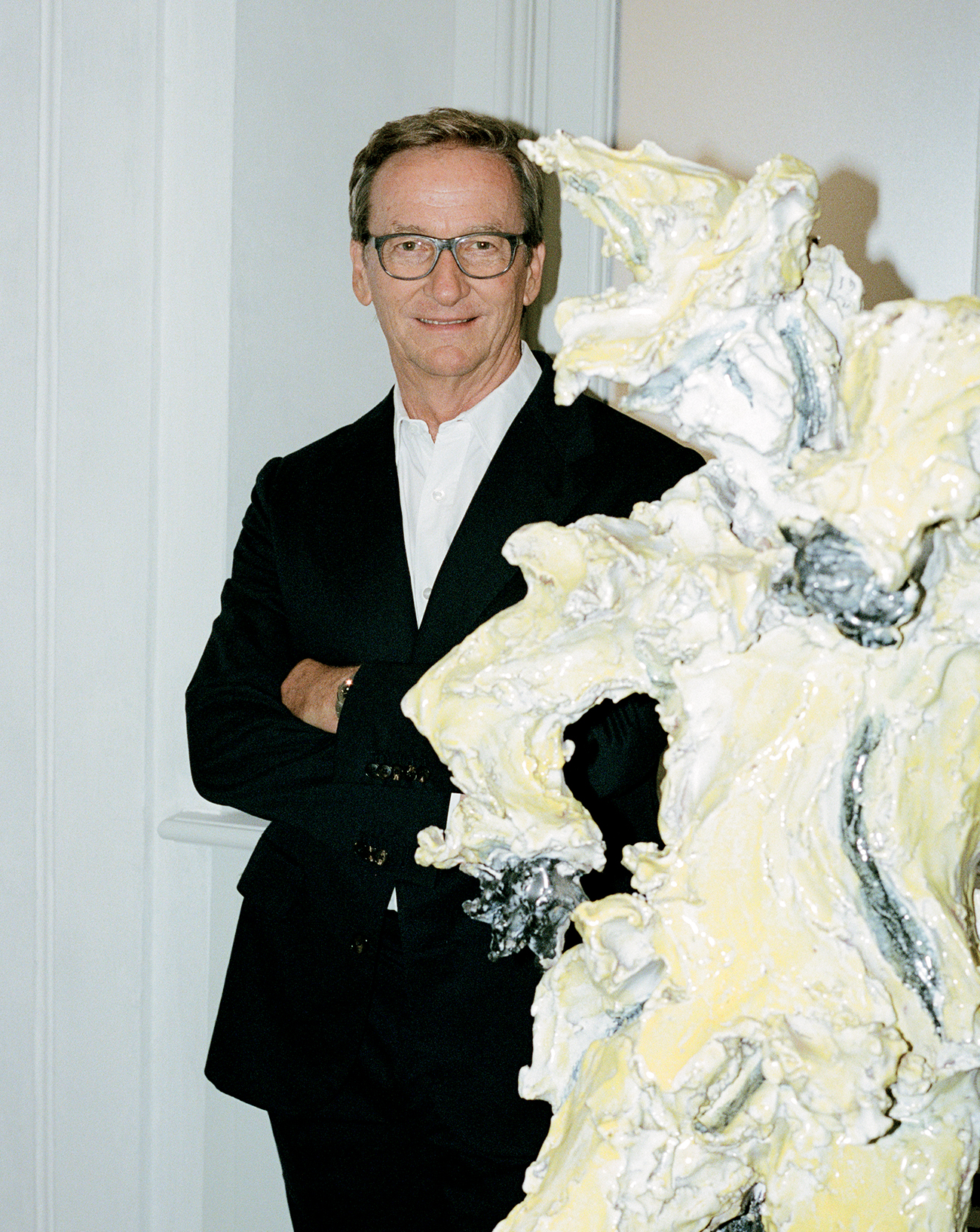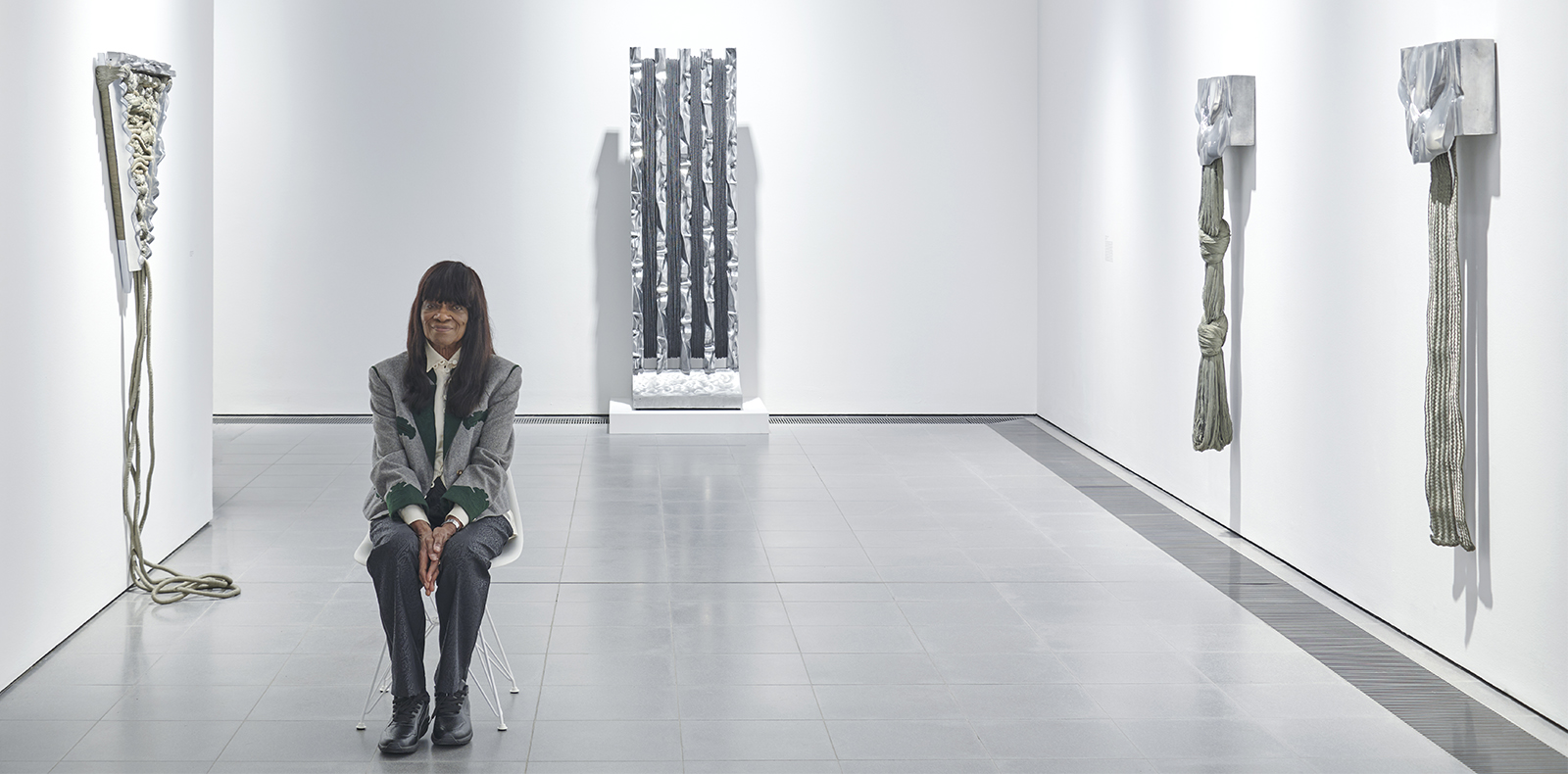
13
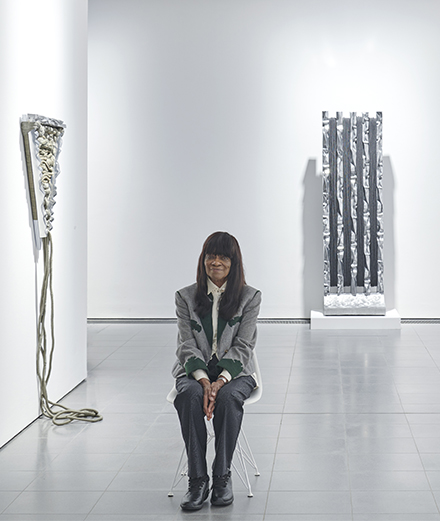
13
Meeting with Barbara Chase-Riboud, great African-American artist and poet celebrated at Serpentine
Numéro art and Paris+ by Art Basel are partnering once again to co-publish an encounter with the great African-American artist and poet, Barbara Chase-Ribaud. The octogenarian is being celebrated by retrospectives at the Serpentine in London and at the Pulitzer Art Foundation of Saint-Louis. Looking back at the journey from Philadelphia to Paris, on her love for literature and what it means to be a woman artist: “the guilt of putting creativity, in the great sense of the word, before maternity”
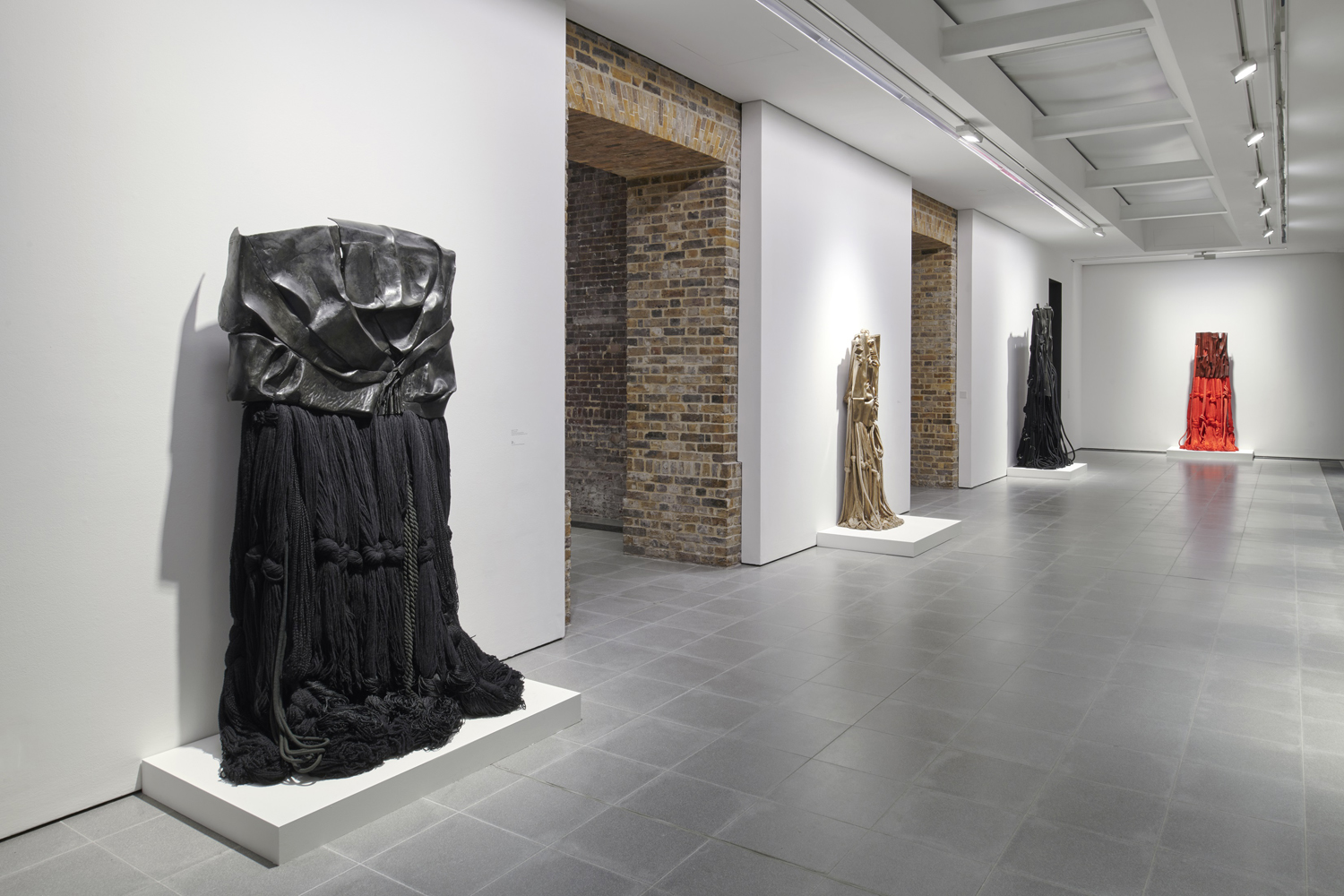
In partnership with Paris+ by Art Basel.
With retrospectives at the Serpentine, London and the Pulitzer Art Foundation, St. Louis, the octogenarian Paris-based American artist is having a moment. Here she reflects on travel, foreignness, and the “ovary problem”.
“I think the dual exhibits stretching across the Atlantic say a lot about my life as an artist, as I described it in letters from Europe to my mother in Philadelphia. She saved every letter I ever wrote, some 600, that covered 1957 to 1991. I found them only after her death. And although I published them almost 15 years later, it still felt as if I had written them the day before. Those letters really are a new genre of writing – neither memoir, diary, travelogue, nor confession. They are living notations of the moment. They could be artist’s notes; or sketches in writing, or automatic writing with all kinds of unconscious and subversive meanings. Yet I was not being subversive; I was just writing to my mom – but I can date my sculptures and poems by these letters.”
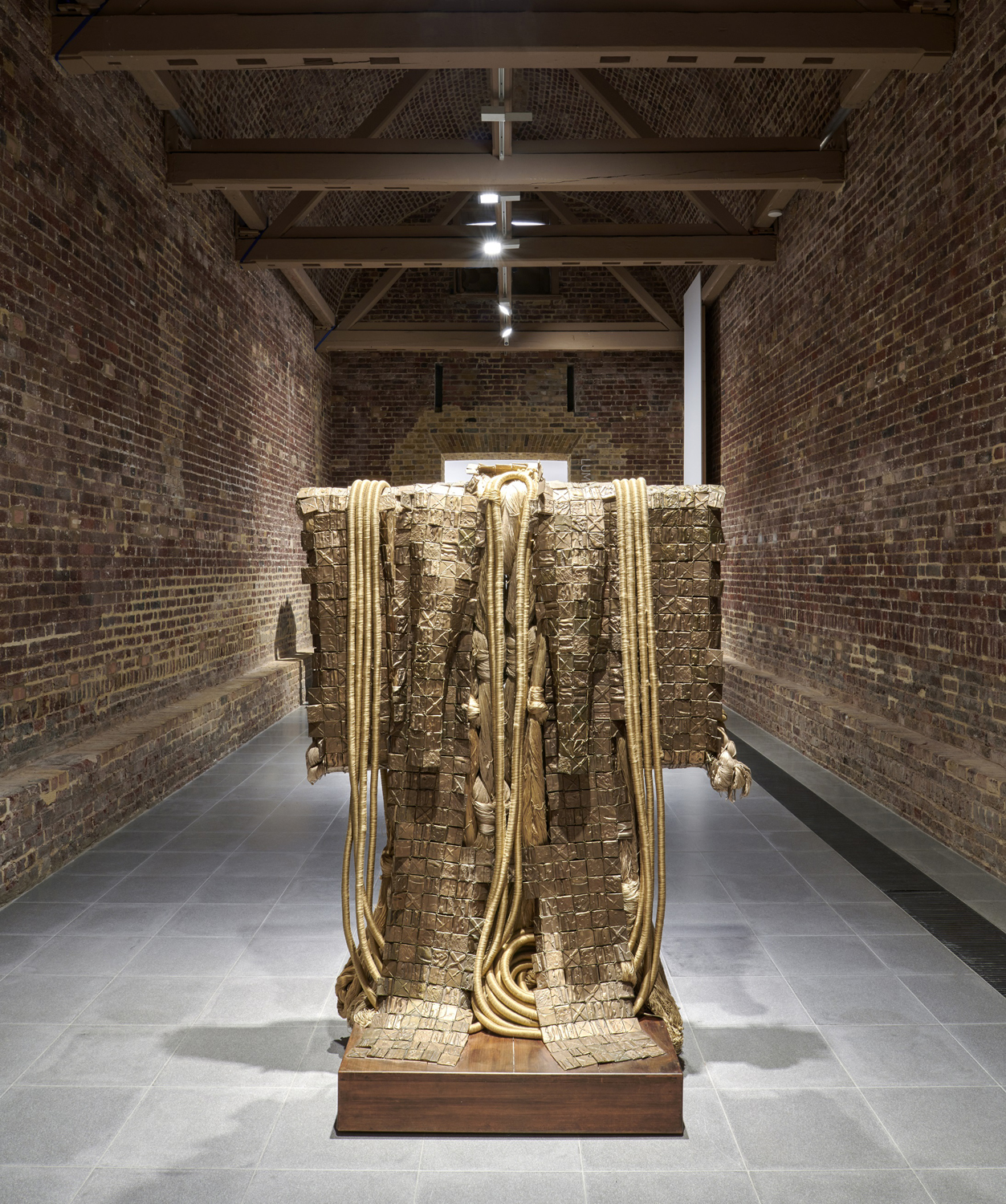
“For many years, I kept my writing and sculpture separate. I was fond of saying: “I write what I can’t sculpt and sculpt what I can’t write.” I don’t know if that isn’t still true. I read anything and everything when I was a child, under the cover, with a flashlight. I loved the Russian writers, the long, historical English novels. Now that I don’t need a flashlight, I have Richard Powell, Anna Akhmatova, and Alexander Pushkin at my bedside, but I don’t read in bed. I can look at a catalog in bed but I prefer reading literature sitting down at a desk.”
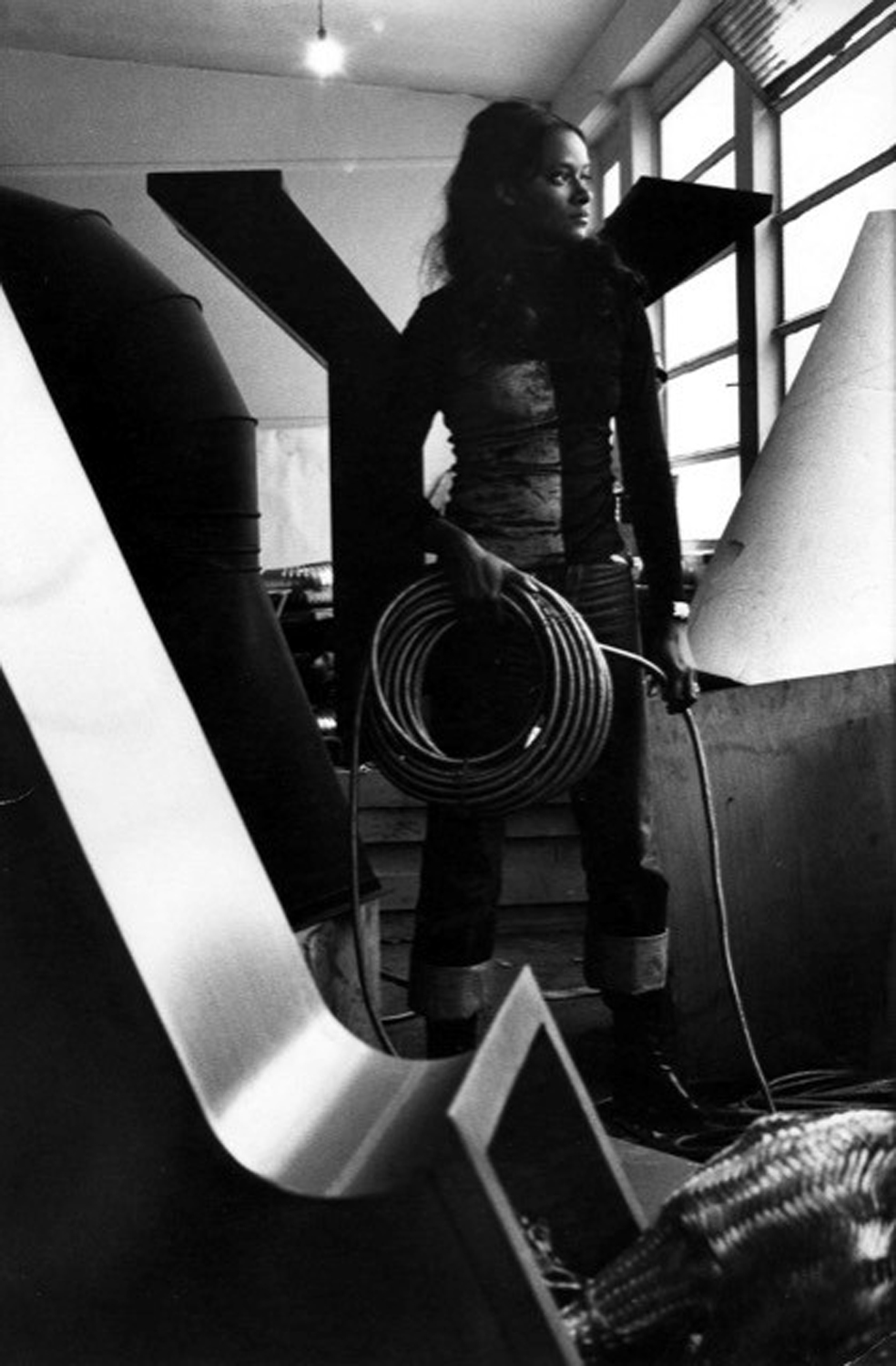
“I remember vividly my first encounter with art – it was with the Rittenhouse Square bronze goat in Philadelphia. The square was not far from our house. As a child, I used to visit it almost every day to play with the other children. That sculpture gave me my first taste of bronze. I remember him or her as being very big, but in fact, the statue was small – child-size – a little billy goat. Although I studied art at Tyler [School of Art and Architecture in Philadelphia], my first true art experiences were in Rome, during my time at the American Academy: the Forum, the Colosseum, the Vatican – then during an off-the-cuff trip to Egypt that turned into a one-month expedition up the Nile to Luxor, Karnak, and Khartoum. Finally, when I married [photographer] Marc Riboud, we found a country home in the Loire Valley – France’s châteaux region near Blois, Amboise, Chenonceau – it was like a living museum. I believe in travel to do anything creative, not only for the eye but for the soul…and for company.”
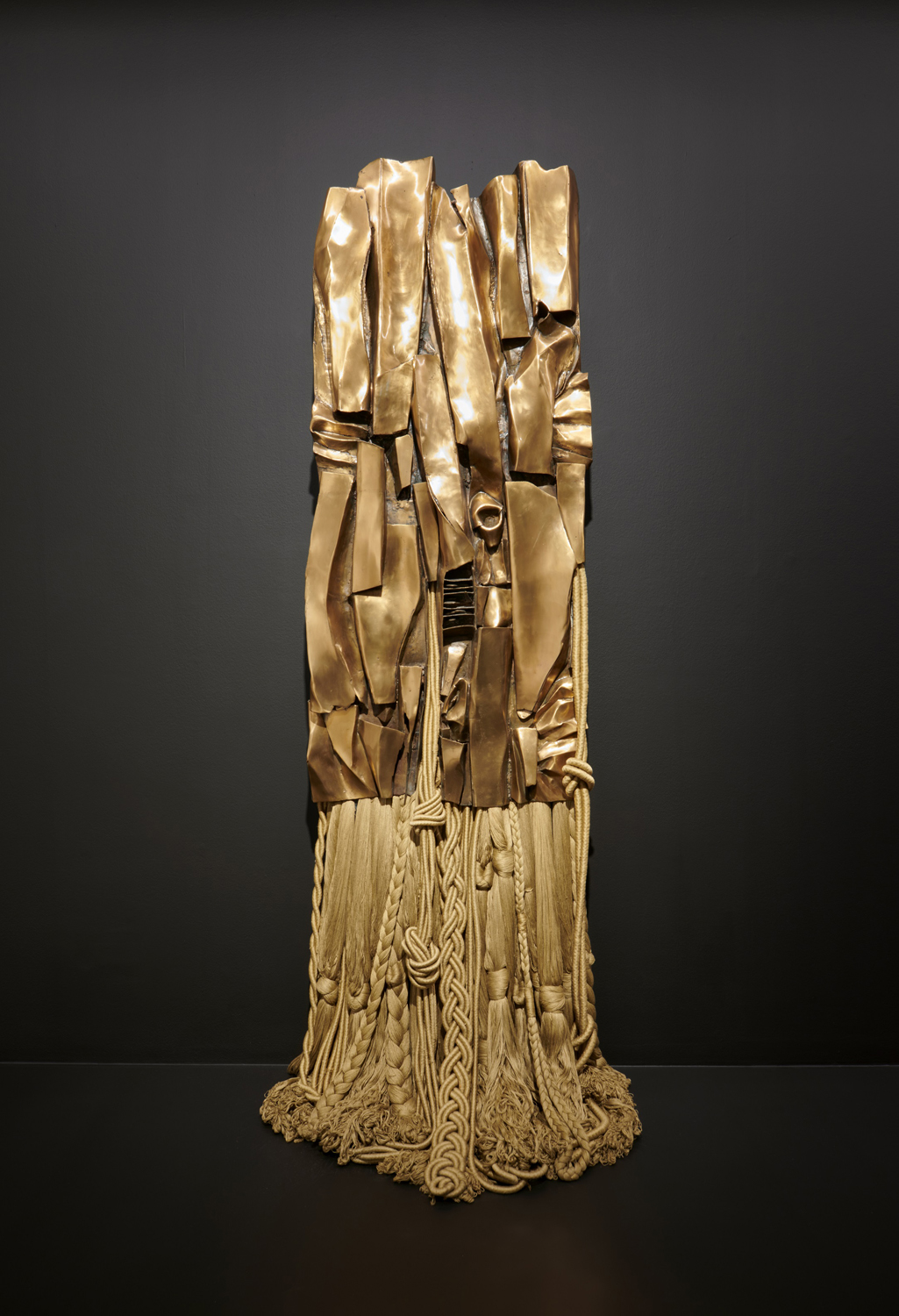
“Artists are aliens anyway, aren’t they? Being foreign means that your eye, ear, and hand are more attuned to nuance and invention – it means that you are more adventurous, more independent, braver maybe, or should I say, foolhardy? I think that is what Man Ray meant when he said, “j’aime être étranger” – it’s about being an outsider observing, not one of the crowd.”
“Who was it who said, “A great female artist is one whose ovaries no longer function”? If it wasn’t Louise Nevelson, then it was me! The ovary problem, the guilt of putting creativity, in the great sense of the word, before maternity…The love of your work is equal to the love of your creatures. The mental load of motherhood should be integrated into the psychic landscape of an artist, except that the very idea of motherhood requires selflessness. It is the antithesis of self- serving art. Live with it, is all I can say. All the rhetoric in the world will not solve the challenge of being an artist and mother. I certainly don’t have the solution.”
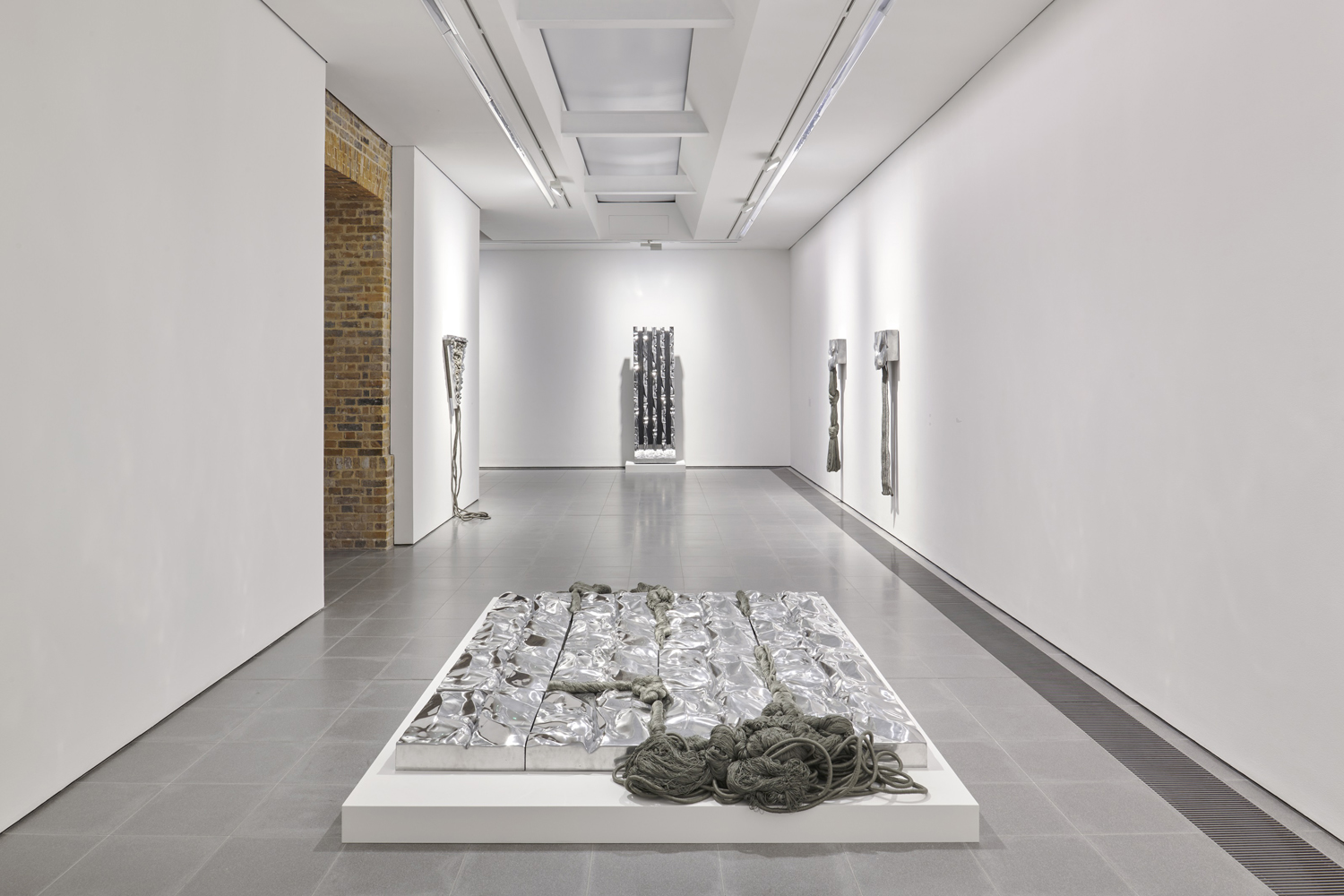
Life is the best art and “art is the only proof that anything has happened in the past,” Claude Lévi-Strauss stated. This is one of the most provocative – and one of the truest – comments on the role of art I’ve ever read or heard. Everything else is hearsay.’
Barbara Chase-Riboud’s book I Always Knew: A Memoir was published by Princeton University Press in October 2022.
Lillian Davies is a writer based in Paris.
‘Barbara Chase-Riboud: Infinite Folds’ Serpentine, London
To January 29, 2023
‘Barbara Chase-Riboud: Monumentale – The Bronzes’ Pulitzer Art Foundation, St. Louis
To February 5, 2023
This article is part of a yearly partnership with Paris + by Art Basel and is also published on the platform of Paris + by Art Basel.






